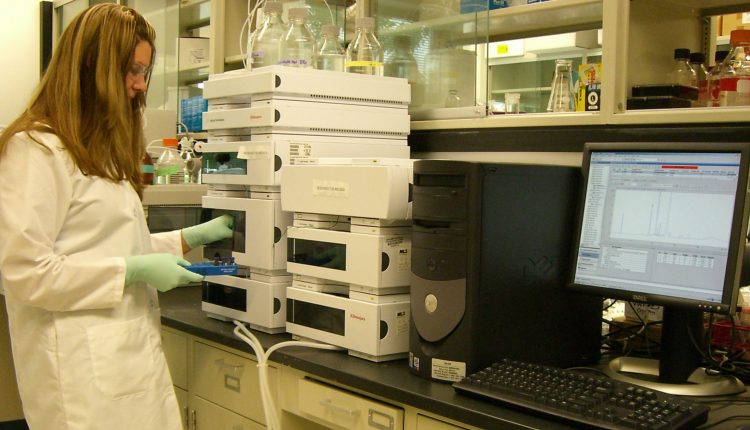
Harvard Medical School on COVID-19 vaccine challenges
The race to a COVID-19 vaccine development means also mistakes and some mess, sometimes. That’s why Harvard Medical School continues its researches in medicine, biomedical research, medical education and policy related to the SARS-CoV-2 pandemic.
One large challenge on COVID-19 vaccine still exists among others: to get enough people vaccinated against coronavirus pandemic. Harvard Medical School is studying on this matter.
Harvard Medical School: getting people vaccinated against COVID-19 will be enough to create a complete immunity? The example of the United States
In the 2018-2019 influenza season, the U.S. Centers for Disease Control and Prevention reported that 45.3 per cent of adults and 62.6 per cent of children in the United States received an influenza vaccine. In order to create herd immunity, the COVID-19 vaccination rates must be much higher.
According to Anupam Jena, the Ruth L. Newhouse Associate Professor of Health Care Policy in the Blavatnik Institute at Harvard Medical School, and Chris Worsham, HMS clinical and research fellow at Massachusetts General Hospital, misinformation and fear are two of the main causes of low vaccination numbers.
But other challenges like lack of access and high prices also act as barriers.
In a study published in the New England Journal of Medicine in July, Jena and Worsham found that children born in November are 13 per cent more likely to receive influenza vaccines than children born in July.
Those with fall birthdays receive vaccines at their annual checkups, while children born at other times of year must return to the paediatrician’s office for an additional office visit to get a flu shot. Just needing a second visit seemed to be enough to deter many families from getting this important preventive care, the researchers said.
Vaccination rates took another hit during the first wave of the coronavirus pandemic this past spring, when rates of routine childhood vaccination fell dramatically in the U.S., according to the CDC.
Many states had issued stay-at-home advisories and urged people not go to their doctor’s office unless it was absolutely necessary. Vaccinations fell in spite of efforts by the CDC, physician groups and medical practices to urge parents to bring their children in to be vaccinated, something that can be done safely during the pandemic. Vaccination rates have since then rebounded.
Harvard Medical School on COVID-19 vaccine: fighting COVID-19 and influenza together
Preventing the spread of influenza is itself an important part of fighting the coronavirus, physicians and public health officials say. The flu experts at the CDC state that in the coming months “it’s likely that flu viruses and the virus that causes COVID-19 will both be spreading. In this context, getting a flu vaccine will be more important than ever.”
Hospitalizations for the flu can quickly overwhelm a hospital in a normal year, and many suspects that coronavirus cases will increase this winter, both because of the weather and because of secondary schools and colleges reopening, Jena said.
“This makes it important to reduce the number of flu cases and hospitalizations,” he said. “Also, we haven’t seen many cases of flu and COVID-19 combined, but in a flu season that’s a possibility that could be particularly harmful because we don’t have great treatments for either infectious disease.”
Jena also noted that many workers, students and people in high-risk categories will need to get tested whenever they develop flu-like symptoms. Although these symptoms are most common in non-flu viruses, reducing the likelihood of these symptoms developing because of the flu will still be helpful, he said.
In particular, how will the US be able to push its population to get vaccinated against COVID-19 and flu?
According to the Harvard Medical School, with all of these barriers, the question is: how can the U.S. ensure that enough people receive the flu vaccine to protect hospital capacity? How can we make sure children receive their crucial, routine vaccinations during the ongoing COVID-19 emergency? And how can we reach high enough levels of vaccination with a potential coronavirus vaccine to create herd immunity? “We need creative solutions to make sure that people do not miss out on this crucial preventive care,” Jena declared.
Bringing the vaccinations to the people through programs such as home visits by trained medical personnel could help, Jena and Worsham said, adding that public messaging and planning, such as creating “national vaccine days,” could be key in raising vaccination numbers. Vaccines should be available at no cost, to ensure that no one is denied a vaccine because they can’t afford one, they said.


